Whitening / Bleaching
Teeth are often stained from smoking, food, drink (coffee, tea, red wine), or poor oral hygiene. This is the most common cause of an unattractive smile. With tooth whitening, we aims to restore the whiteness to your natural teeth to give you a more youthful smile. Whitening can done by using either an in-office procedure done by our whitening specialist, or by using a custom-made home system. While in-office whitening is considered to be much quicker and more effective, the take home system is a good option for those seeking whiter teeth in a more cost effect manner
What is tooth whitening?
Tooth whitening allows everyone the opportunity to simply and cost effectively get a brighter and younger looking smile. Teeth whitening removes stains, leaving the enamel bright and healthy.
The process of building naturally healthy smiles
Building a health smile is a complex treatment that needs meticulous planning. Following these 5 steps, our team of special qualified dentists will build a customised treatment plan that will help you achieve the result you want. Using advanced dentistry procedures to restore broken smiles, the way nature intended.

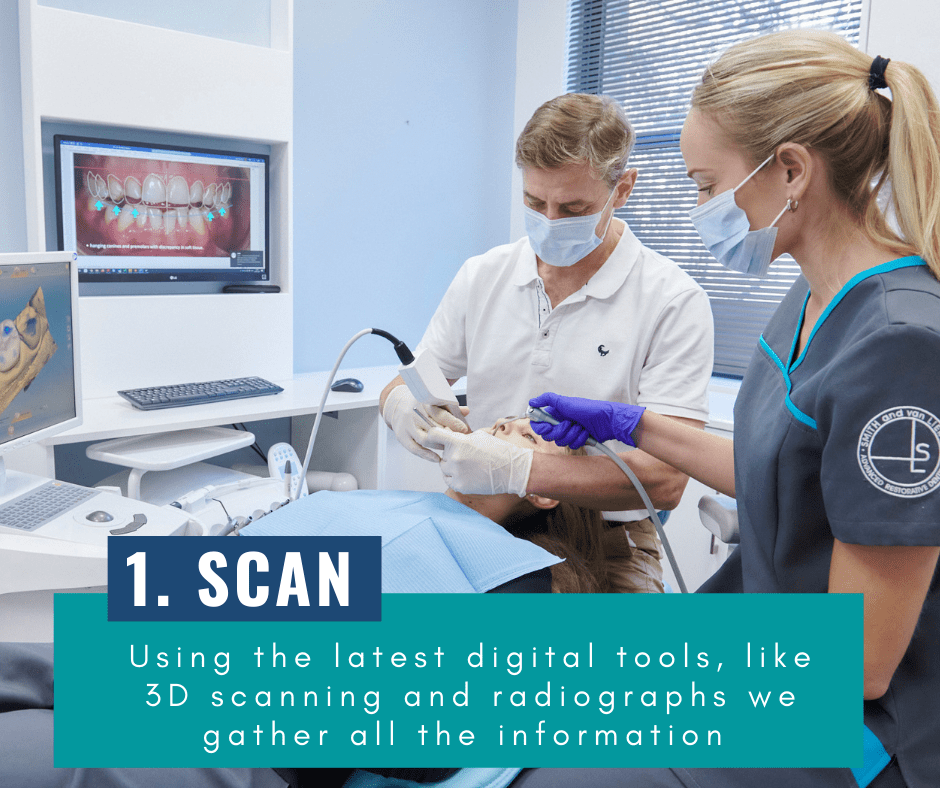
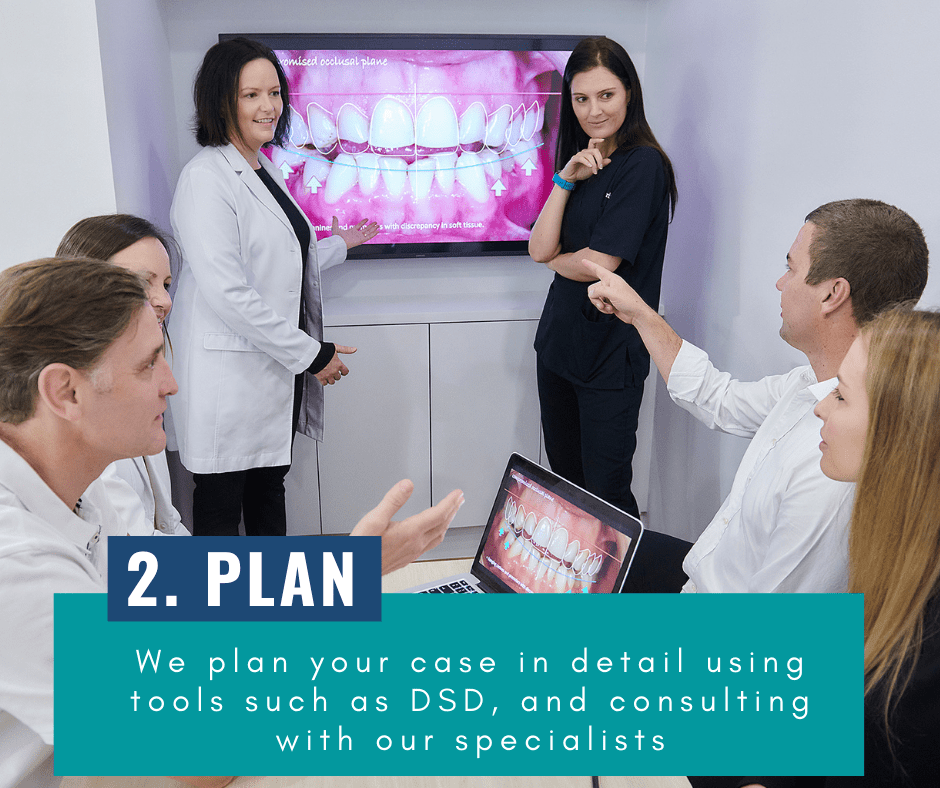
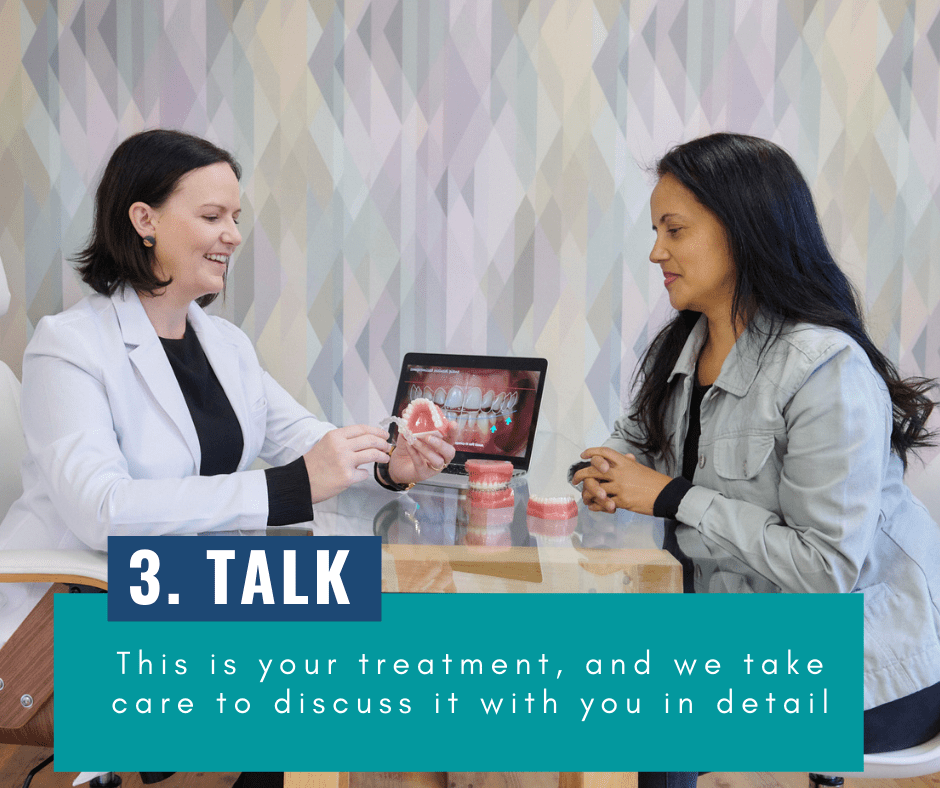
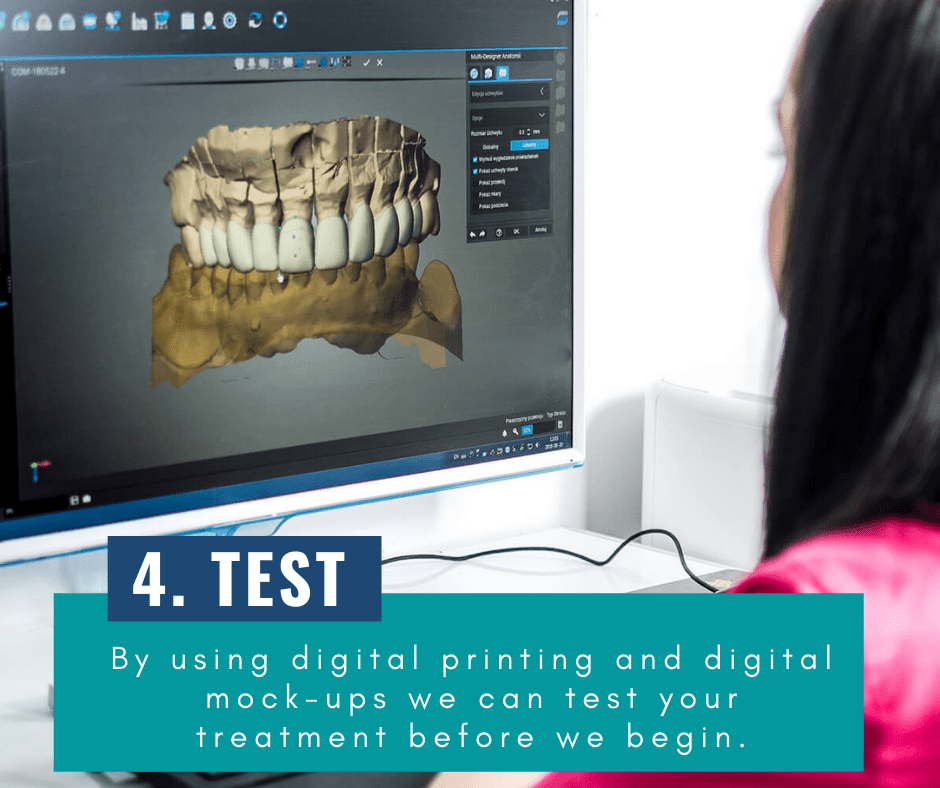

Options to Whiten your Smile
There are currently two procedures available to suit both your lifestyle and your pocket:
Take-home whitening kits
Using custom made trays, Take-home kits incorporate an easy-to-use lower concentration hydrogen peroxide gel that remains on the teeth for the prescribed duration. The gel is applied to the teeth using custom-made bleaching trays that look like mouth guards. This is repeated daily for a period of two or more weeks, or until you have achieved the whiteness you desire.
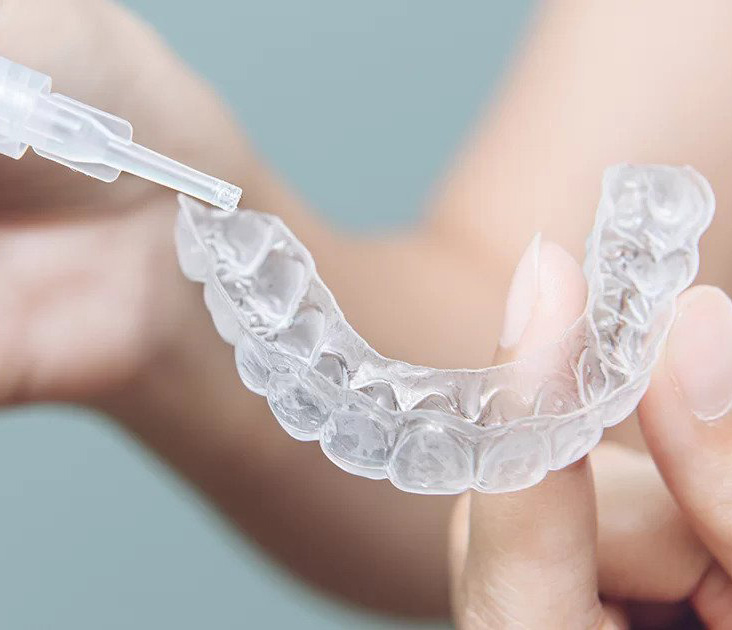
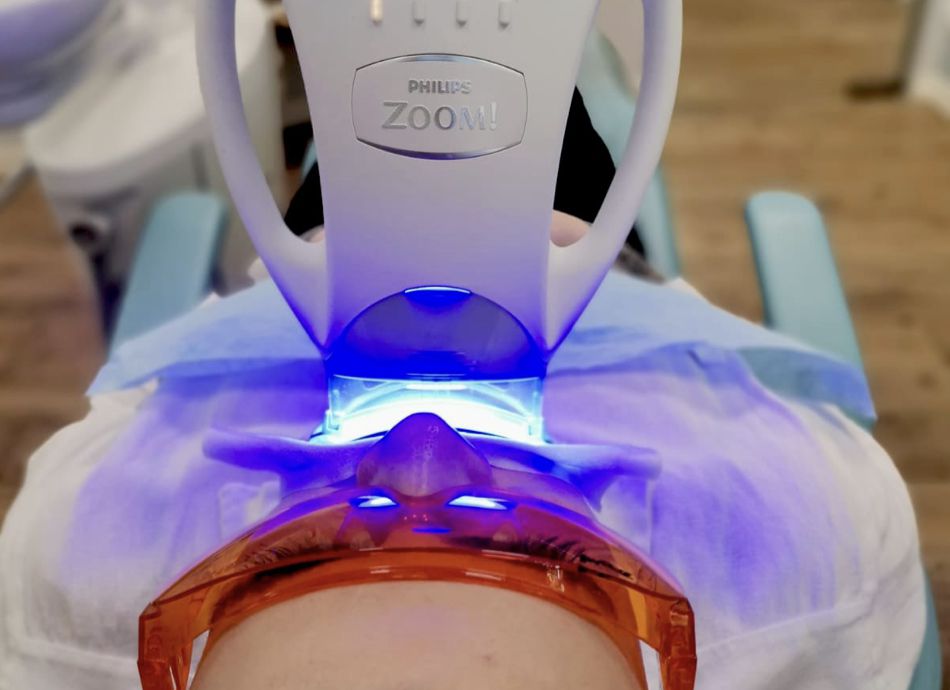
In-Office Whitening
With in-office whitening you can achieve significant colour change in a matter of hours. This procedure involves the carefully controlled use of high-concentration hydrogen peroxide gel, applied to the teeth by our trained professional after the gums have been protected with a paint-on barrier. Generally, the peroxide remains on the teeth for several 15 to 20 minute intervals that add up to an hour (at the most). Those with particularly stubborn staining may be advised to return for one or more additional bleaching sessions, or may be asked to continue with a take-home whitening system.
Maintenance
Following the completion of your whitening procedure, it is normal to experience a slight degree of relapse within the first 24-48 hours. Also, through the normal staining of daily eating and drinking, you may experience a gradual shade relapse. This will depend on how often you have coffee, red wine, tobacco, or other staining foods and drinks. This can generally be managed by using a maintenance program at home. This may include repeating the use of your special trays along with whitening gels or whitening toothpaste and as prescribed by your oral hygienist and/or dentist. .
Potential Problems
There are some risks and limitations associated with bleaching procedures. Fortunately the problems experienced are very uncommon and usually minor in nature. Some things to be aware of:
- Tooth sensitivity – During the whitening procedure some people might experience tooth sensitivity. This sensitivity is usually mild and typically does not last long. If the discomfort persists, a mild pain killer is usually effective.
- Gum Irritation - Temporary irritation of the gums and other soft tissue can occur during your whitening. This is generally the result of the whitening gel coming in to contact with the gums. The irritation it is generally short-lived and subsides as soon as the gel is removed. A mouth rinse can be useful.
- Existing fillings and other restorations – Tooth coloured fillings, crowns or veneers, will not whiten during this procedure. Please be aware that dental restorations such as these might need to be replaced if you feel they do not match your new, whiter smile.
FAQs
- 1. How does teeth whitening work?
- Working from the inside out, the active ingredients in the whitening gel penetrates your teeth to break down the discoloured molecules, removing stains and whitening your teeth. The Whitening gels contain potassium nitrate and fluoride which have been shown to strengthen enamel, decrease sensitivity, and help prevent cavities!
- 2. Is teeth whitening for everyone?
- Teeth whitening is a safe, comfortable way to get a bright, white smile. Results and treatment time may vary depending on the level of staining and whiteness desired. Crowns, bridges, fillings, and veneers will not whiten. We recommend visiting your dentist/oral hygienist for a pre-whitening consult so that they can help you choose the professional option that best fits your needs.
- 3. How long do teeth whitening results last?
- Teeth whitening results are very stable, leaving you with a stunning smile long after treatment is over. However, there are a few factors that can make teeth lose their luster. Things like genetics, diet, age, some medications, and certain habits (like smoking) may affect the length of your whitening results. Fortunately, touch-up treatments are quick and easy, helping you to get that bright, white smile back.
- 4. Will teeth whitening cause tooth sensitivity?
- Tooth sensitivity is a relatively common side effect of teeth whitening. If sensitivity occurs, it is only temporary and will go away once you've completed the whitening process. good whitening products include desensitizing ingredients like potassium nitrate and fluoride to help reduce sensitivity and provide additional comfort.
- 5. Will teeth whitening weaken my teeth?
- The profressional whitening gels used contain Amorphous Calcium Phosphate ,fluoride and potassium nitrate which protects the enamel by remineralising and desensitizing it during the whitening process. As an added bonus it even helps to restore the luster to the tooth surface.
- 6. I've heard of some whitening treatments that require a bright light to be shined on my teeth. Are these lights really effective?
- Lots of over the counter whitening treatments use a light or a laser during the whitening process. You've probably seen commercials for these kinds of teeth whiteners or maybe you've even seen kiosks in the mall where they'll use a light to whiten your teeth. Are these lights and lasers really efective, though? Current research shows that hydrogen peroxide alone (the whitening agent used in whitening) will whitening your teeth. The LED light used with our in office whitening system (together with the light activated molecules in the gel) accelerates the whitening action resulting in a more predictable outcome.


